Press Brake Precision and Performance Evaluation Guide
Press Brake Precision and Performance Evaluation Guide
In metal fabrication, press brakes serve as critical equipment for achieving precise bends in sheet metal. The accuracy and efficiency of these machines directly influence product quality and production throughput. This comprehensive guide outlines systematic approaches to assess both the precision and operational performance of press brake equipment, ensuring optimal functionality throughout its service life.
Evaluating Press Brake Precision
Precision evaluation focuses on three fundamental aspects that determine bending accuracy:
1. Bend Angle Measurement
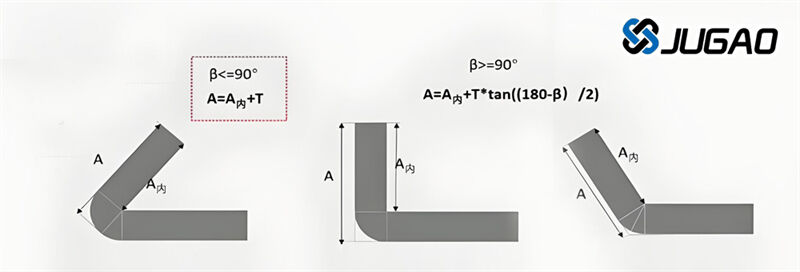
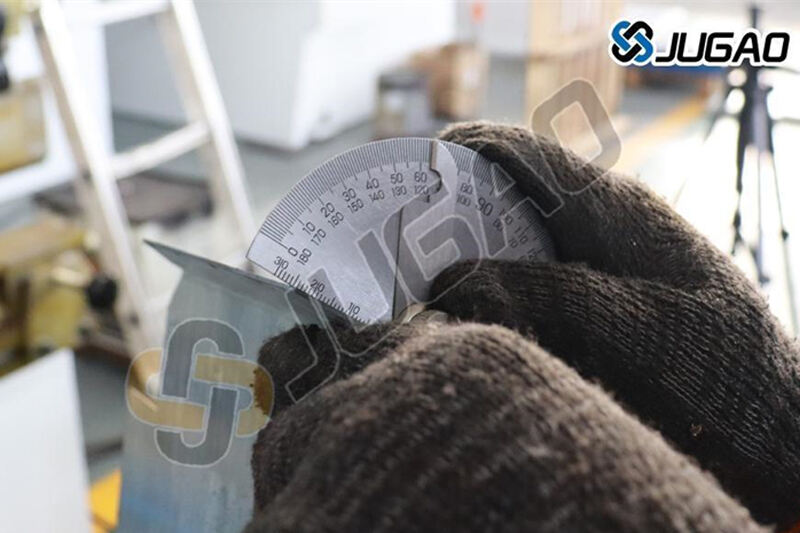
Utilize digital angle finders or precision protractors to measure formed angles against specified tolerances. For optimal results:
Conduct measurements immediately after bending while material memory effects are present
Compare multiple samples from different positions across the working length
Document variations exceeding ±0.5° as potential calibration issues
2. Parallelism Verification
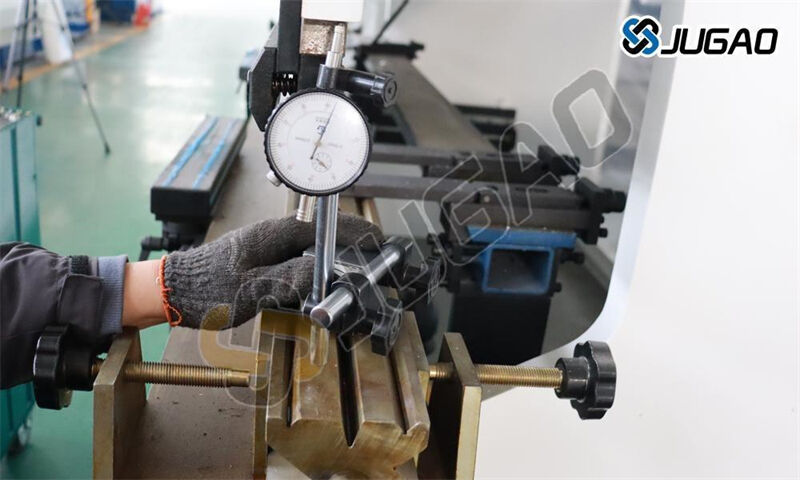
Tool alignment critically affects bend uniformity. Verification protocol:
Mount dial indicators on the ram at 200mm intervals
Perform full stroke movements while recording deviation
Acceptable tolerance: ≤0.02mm per 100mm of working length
Correct misalignment through toolholder adjustments or machine recalibration
3. Process Consistency Analysis
Consistency Testing
Execute sequential bending tests with identical parameters to evaluate:
Angle reproducibility across 20+ consecutive cycles
Material springback consistency
Tooling wear patterns affecting dimensional stability
Statistical process control methods help identify developing trends requiring intervention.
Assessing Operational Performance
Beyond precision, operational metrics determine production efficiency:
1. Cycle Time Optimization
Time complete bending cycles from ram descent to return
Compare actual times against manufacturer specifications
Analyze acceleration/deceleration profiles for improvement opportunities
Target ≥90% of rated cycle speed in production conditions
3. Control System Functionality
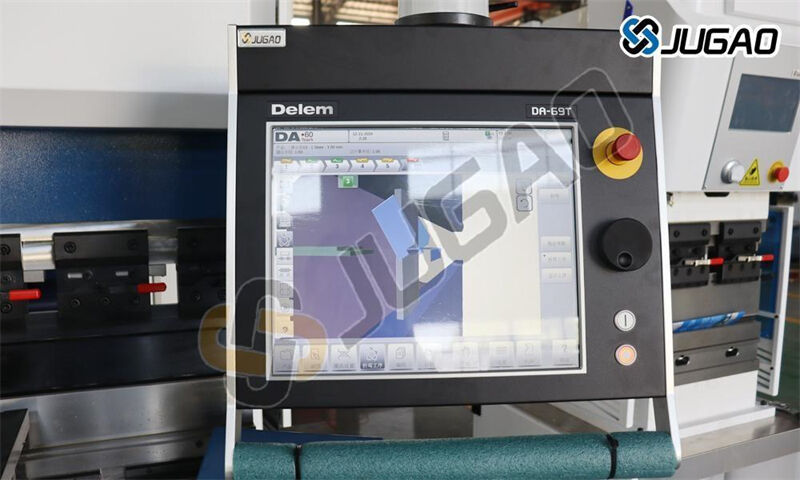
Control Interface
Modern CNC systems should demonstrate:
Intuitive programming interface responsiveness
Accurate axis position feedback
Predictive error prevention capabilities
<100ms command execution latency
Conduct test programs combining multiple bend sequences to verify stability.
4. Hydraulic System Evaluation
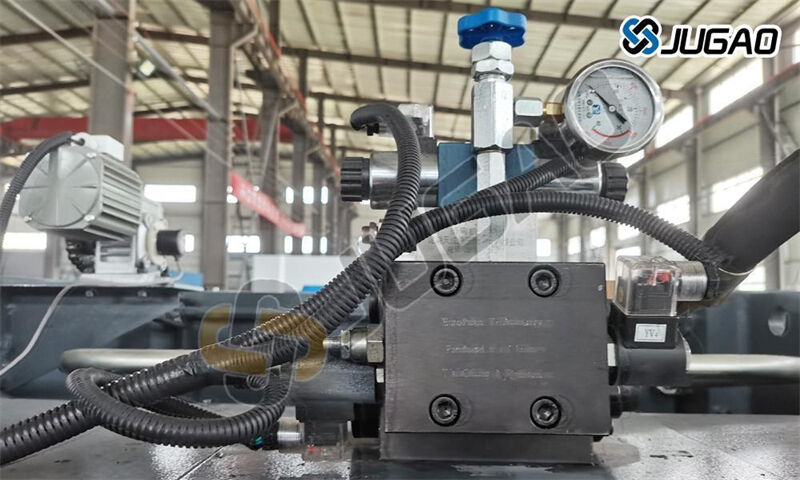
Monitor pressure transducers during operation to identify:
Pump efficiency degradation
Valve response times
Pressure fluctuations exceeding ±5% of setpoint
Abnormal thermal signatures indicating component wear
Maintain detailed pressure logs for predictive maintenance scheduling.
Frequently Asked Questions
Q: What's the most accurate method for bend angle verification?
A: Laser-based measurement systems provide ±0.1° accuracy, though digital protractors (±0.5°) suffice for most applications when properly calibrated.
Q: How to address inconsistent bend angles across the working length?
A: First verify tool parallelism, then check for ram deflection using strain gauges. Thermal compensation may be required for machines with >3m working lengths.
Q: Recommended evaluation frequency for production equipment?
A: Perform basic checks weekly, comprehensive evaluation quarterly, or after 50,000 cycles. Increase frequency when working with high-tensile materials.
Conclusion
Systematic evaluation of press brake equipment incorporates both precision verification and performance benchmarking. Implementing regular assessment protocols minimizes quality deviations while maximizing equipment utilization. For specialized applications requiring tighter tolerances, consider integrating automated measurement systems with real-time process adjustment capabilities.
JUGAO CNC MACHINE's main products include laser cutting machines, CNC hydraulic bending machines, laser welding machines, shearing machines and pipe bending machines, etc., which are used in sheet metal processing, chassis cabinets, lighting, mobile phones, 3C, kitchenware, bathroom, auto parts machining and hardware industries.Welcome to consult online to learn more about the machine information.


















































